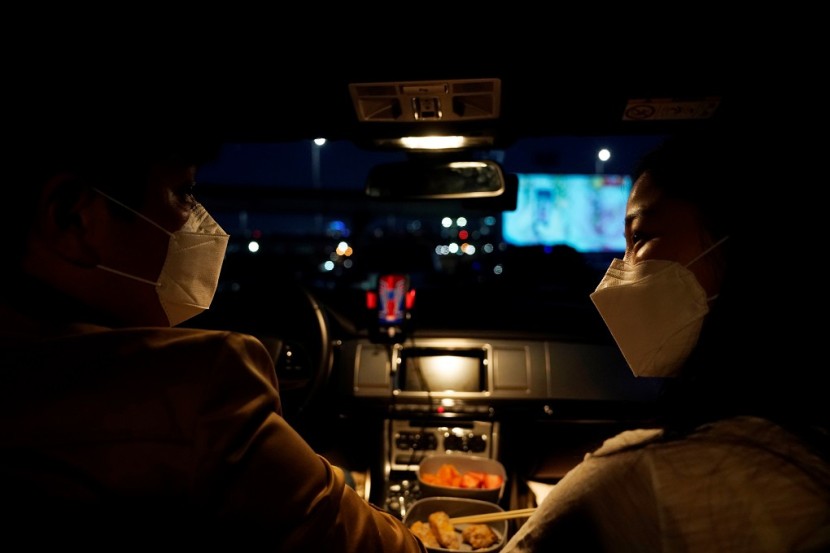
Even if South Korea had just over 9,000 confirmed coronavirus cases (holding a rank among the top 10 countries for the most cases), they have another distinction: Health experts said that it recently managed to significantly slow the number of new cases.
The country seemingly has reigned in the pandemic without implementing the strict lockdown strategies deployed in parts of the world. In the West, the number of cases is skyrocketing and countries have declared drastic measures, including the closing of schools and lockdowns, in response. Several weeks earlier, the outbreak hit many countries in Asia and some of them have been lauded for containing the number of infections.
In the United States, confirmed cases of the novel coronavirus are increasing as equity and debt markets are acknowledging it with panic and volatility. This is when South Korea comes in to offer a practical model for community mitigation for a prompt economic recuperation.
South Korea got hit by the coronavirus immediately after China. Due to South Korea's experience with earlier epidemics, they decided that a prompt mass testing for the virus will underscore their strategy.
China has had a worse experience with epidemics, but its authoritarian government can entertain countermeasures unlike a democracy can be able to. For example, democracies like the U.S. and South Korea will need to consider constitutional limits on the restriction of civil liberties.
On the last day of 2019, the World Health Organization's China Country Office came to discover a new virus that was found in a small group of people in the eastern city of Wuhan with a population of about 11 million people. Chinese scientists shared the coronavirus' genetic sequence with the rest of the world less than two weeks later.
At the time, South Korea's many private firms were quietly and promptly developing testing kits. These firms cooperated with the government to hasten the accreditation process, turning a year-long process into one of mere weeks. They were able to stock back rooms with an arsenal of kits that later became crucial to the survival of several patients.
South Korea deployed quite different illness prevention policies amid the outbreak. They did not prevent the entry of any foreigners who had traveled to China. Launching an aggressive testing campaign to detect people who have been infected with the virus. Tallied as of February 27, South Korean public health authorities had tested 66,652 citizens for the SARS-CoV-2 virus.
As of March 19, South Korea, where the pandemic total stands, has 8,652 cases and 94 fatalities and now has a relative decline in case rate. Merely 93 new cases were reported on March 18 (though numbers increased on March 19 to 152.)
South Korea is a model to emulate if nations want to avoid long-term locking down millions of people with the police and military, such as what China and Italy have done. They have been a comparative success story by prioritizing hot spots and requesting people to remain at home voluntarily and avoid travel and huge crowds.
"They've been able to make tactical decisions regarding schools, tactical decisions regarding movements, and been able to move forward without some of the draconian measures," according to Mike Ryan, head of the World Health Organization's Health Emergencies Programme.
Related Article : Hantavirus Kills One in China, May Be Next Outbreak After Coronavirus?
© 2025 HNGN, All rights reserved. Do not reproduce without permission.








